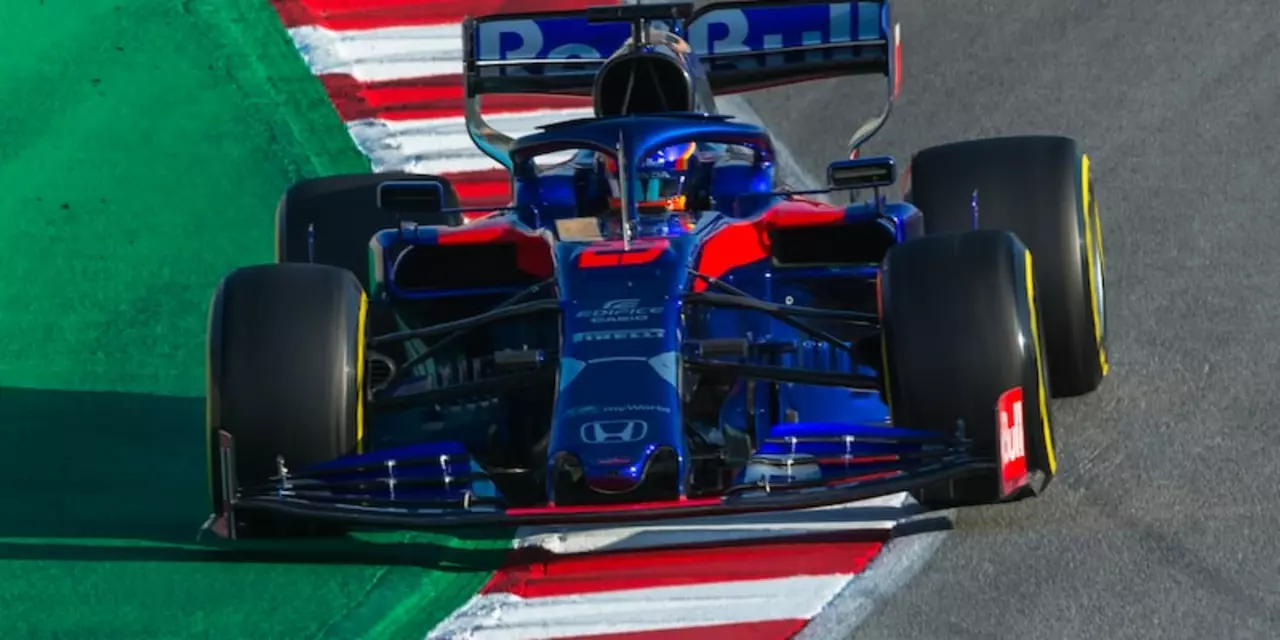Motorsports in India – The Real Reasons Behind Its Low Popularity
Ever wonder why you don’t see a flood of Indian racers on the world stage? It’s not lack of talent – it’s a mix of missing tracks, high costs, and low awareness. In this guide we break down the biggest roadblocks and point out the chances for a racing revival.
Where the Track Ends: Infrastructure Gaps
First off, safe, world‑class circuits are few and far between. Most cities have only a handful of small karting tracks, while full‑scale raceways need massive land, proper surfacing, and safety barriers. Without venues for practice, training, and events, drivers can’t hone skills and fans can’t gather to cheer.
Money Matters: The High Cost of Participation
Racing gear, a decent bike or car, and entry fees quickly add up. For many families, the price tag is simply out of reach. Sponsorships exist, but they’re scarce because brands don’t see a large audience yet. The result? Talented riders quit before they even start.
Public awareness is another hidden cost. Most Indians grow up watching cricket or football, not motorsports. Schools rarely mention racing careers, and media coverage is limited to occasional highlights. When people don’t know what’s possible, they don’t support it.
Government backing could shift the balance, but it’s been lukewarm. Funding for track upgrades, tax breaks for sponsors, or youth programs would send a clear signal that motorsports belong in the national sports agenda. So far, the focus stays on traditional games.
Still, the scene isn’t dead. Grassroots clubs are popping up in Delhi, Bangalore, and Hyderabad, offering affordable karting for kids. Social media influencers showcase local talent, sparking curiosity among younger fans. These small steps are planting seeds for a bigger movement.
If you’re a fan or a budding racer, there are things you can do right now. Attend a local karting event, share the experience online, or volunteer at a track. The more you show up, the louder the demand for better facilities becomes.
Businesses can also join the ride. Sponsoring a regional race or a young driver not only boosts brand visibility but also helps build the ecosystem. A few strategic investments can create a ripple effect that benefits everyone.
Looking ahead, the government’s “Make in India” push could include motorsport manufacturing, drawing more factories and jobs to the sector. Coupled with a growing middle class eager for new entertainment, the timing feels right for a boom.
Bottom line: Motorsports in India face real hurdles, but they’re not insurmountable. Better tracks, affordable entry points, media exposure, and supportive policies could turn the sport from a niche hobby into a national passion. The wheels are already turning – all that’s needed is the right push.
